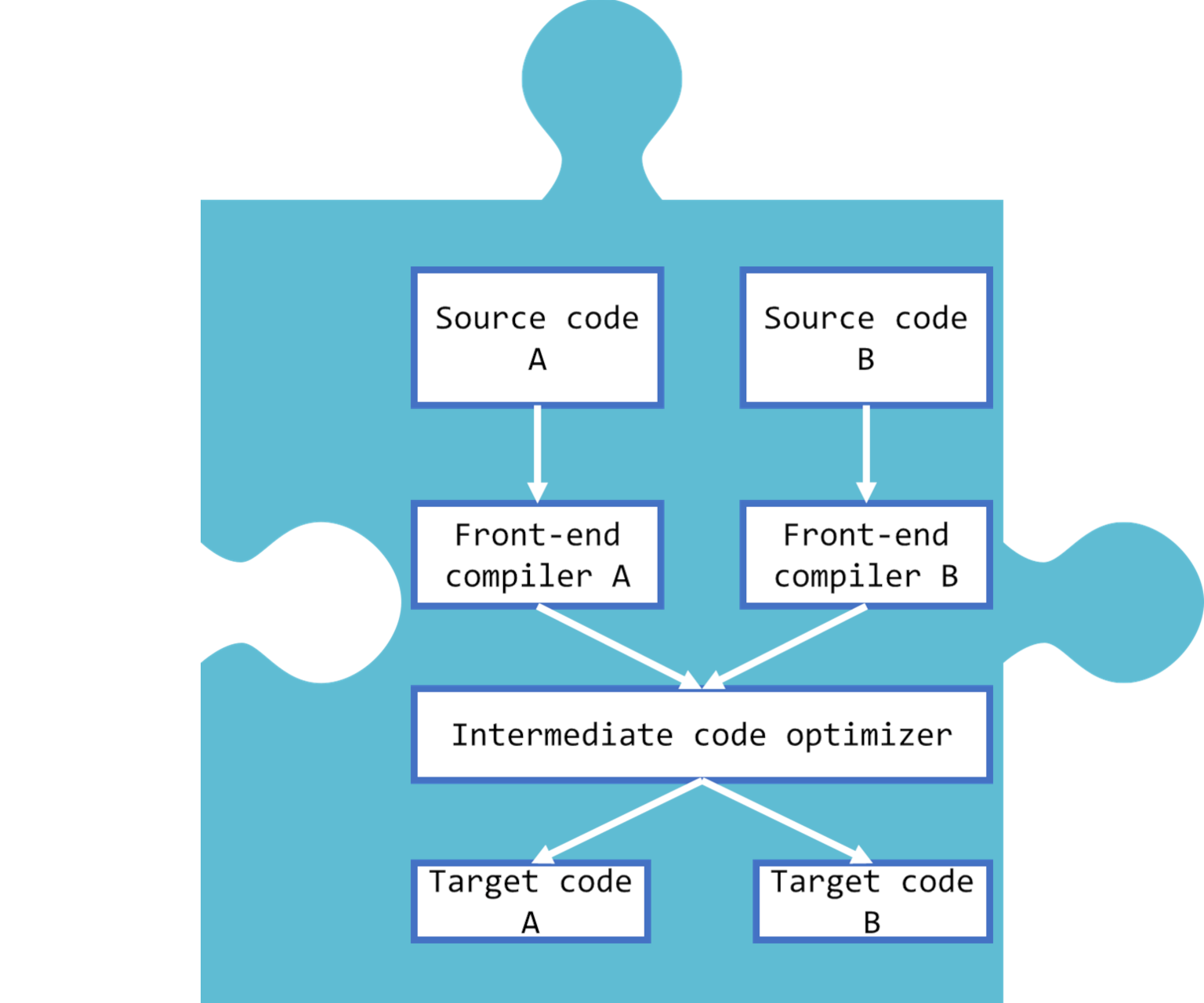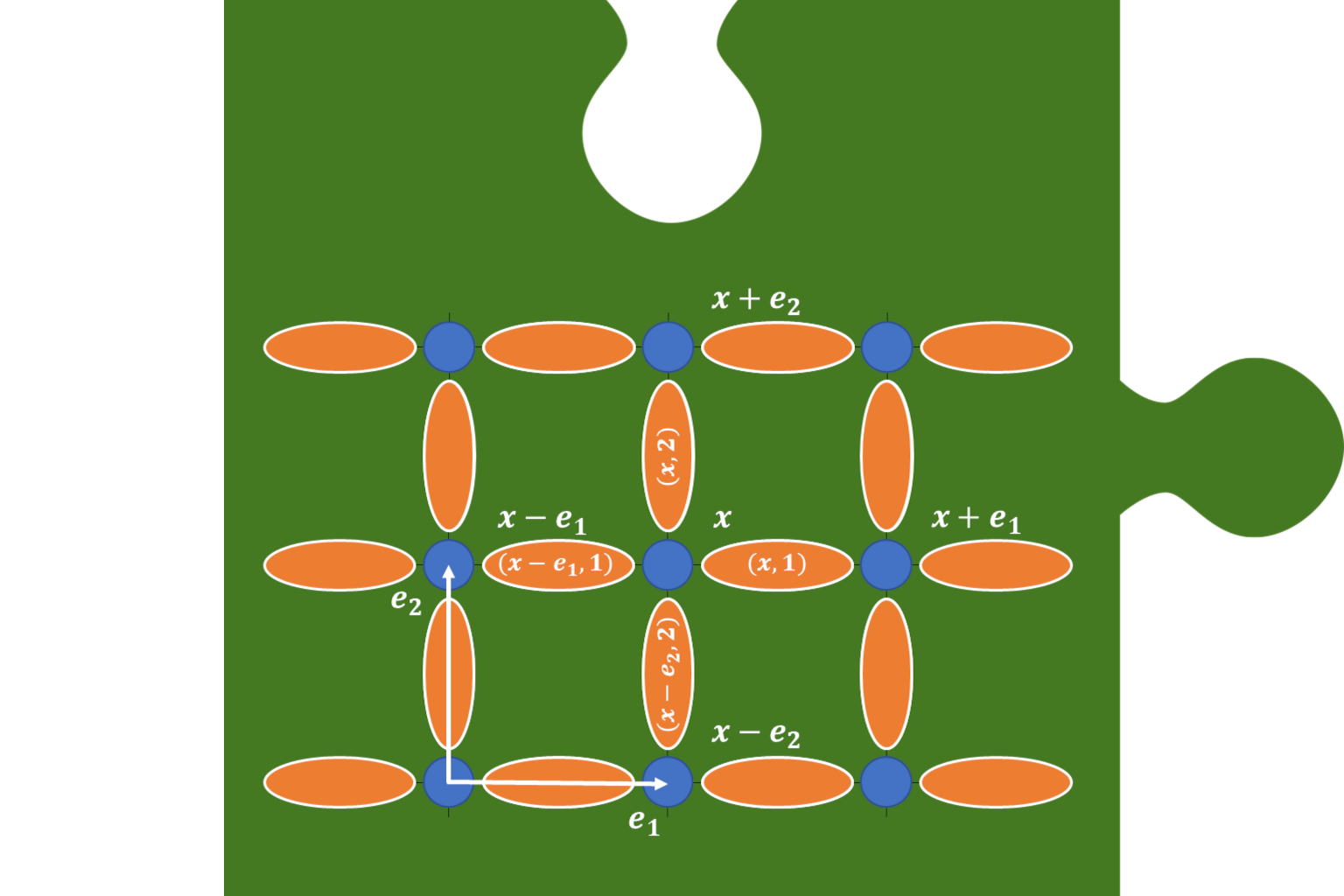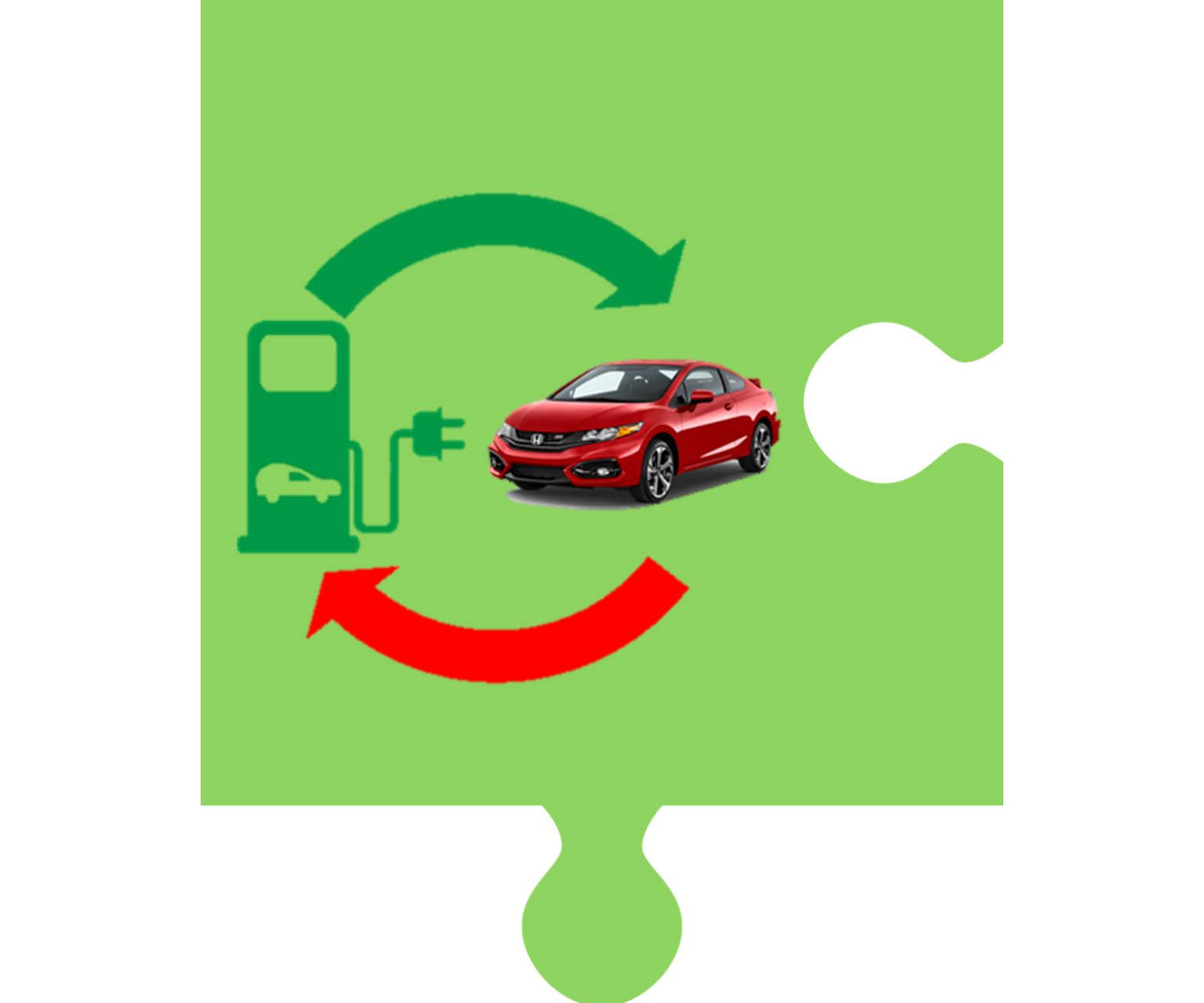Scalable qudit firmware and high-level user interface

Scalable qudit firmware and high-level user interface
NeQST aims at developing a robust quantum firmware for qudit quantum information processing with a full set of scalable characterization, quantum control, and optimal design tools to ensure certified and repeatable performance. This will be achieved through the development of optimal design strategies for encoding qudits such that the capabilities of the ion trap quantum computer is fully utilized. We estimate a reduction of the total gate count by a factor of two.
A high-level user interface from NeQST will enable accessibility for a broad base of non-specialist end-users. For the interface, we will develop a high-level hardware-agnostic programming language based on the established quantum programming language OpenQASM. Further, it will automatically harness the design freedom of the multi-level structure provided by the ion trap quantum computer we are working on. Finally, a flexible classical simulator platform will provide a way to design and test quantum circuits without having to wait for a slot on the physical hardware.
Performant quantum simulation algorithms for Abelian and non-Abelian gauge theories

Performant quantum simulation algorithms for Abelian and non-Abelian gauge theories
NeQST will explore the multi-level structure of qudits for paradigmatic novel, high-performant quantum simulation algorithms. As physical target, due to their key importance for subatomic and condensed-matter physics as well as topological quantum-information processing, we have chosen lattice gauge theories (LGTs). We will benefit from the multiple levels available in qudits in order to efficiently map the degrees of freedom of complex gauge-theory models onto the physical hardware. Experimental demonstrations will be accompanied by careful benchmark calculations using advanced classical codes, including realistic noise sources. We will also perform computations to identify exotic many-body properties that emerge in these theories and that can be accessed by existing or near-future quantum-simulation hardware. NeQST will lead to pioneering demonstrations of Abelian and non-Abelian LGTs, as well as of experimental steps towards fault-tolerant quantum simulation.
Flexible quantum optimization algorithms for problems of industrial relevance

Flexible quantum optimization algorithms for problems of industrial relevance
NeQST aims at unlocking the potential of quantum optimization for the energy domain, an underexplored application field where quantum algorithms may unfold a large societal impact. The enabling step is the harnessing of multi-level carriers of information together with the development of paradigmatically novel, general methods, e.g., incorporation of realistic constraints, simultaneous addressability of multiple objectives, and handling of stochastic uncertainties. NeQST targets pioneering experimental demonstrations, full benchmarks, and complexity scaling analyses of scheduling and smart charging optimization.
Many of the currently used EV charging stations operate with multiple predefined discrete power levels for charging and discharging. For optimizing the charging operation, one needs to specify a charging schedule, i.e., the charging or discharging power levels for certain time steps into the future. Expressing a charging level in terms of binary variables, as it is currently done in most approaches, requires an encoding of multiple binary variables to represent the different possible charging levels. This typically induces constraints on the binary variables which ensure that a valid encoding is specified. In such situations, multi-level qudits allow for a more natural direct encoding of the multiple charging and discharging levels without any additional constraints. In addition, the use of quantum computing has the advantage that these problems often involve quadratic cost functions which are harder to solve classically but quantum computing can naturally deal with. Finally, the stochastic nature of quantum approaches involving qubits and qudits naturally lends itself to addressing the statistical variations in such problems which arise from user demand and renewable energy production.
Efficient certification tools for qudit devices

Efficient certification tools for qudit devices
NeQST will go qualitatively beyond existing qubit-based techniques for certifiying the correct functioning of quantum devices, by developing novel certification tools for arbitrary-dimensional systems. These tools will be data-driven, will use a scalable amount of information, and will be based on minimal sets of assumptions. That is, a user will be able to certify that the device functions as desired and advertised by analyzing only its output, without the need to access the device at the hardware level. The derived tools will fulfill both the needs of low-level verification and validation, e.g., certifying the dimension of the prepared quantum systems and their non-classical properties, and of high-level certificates in an application setting, in the considered contexts of optimization and simulation.
